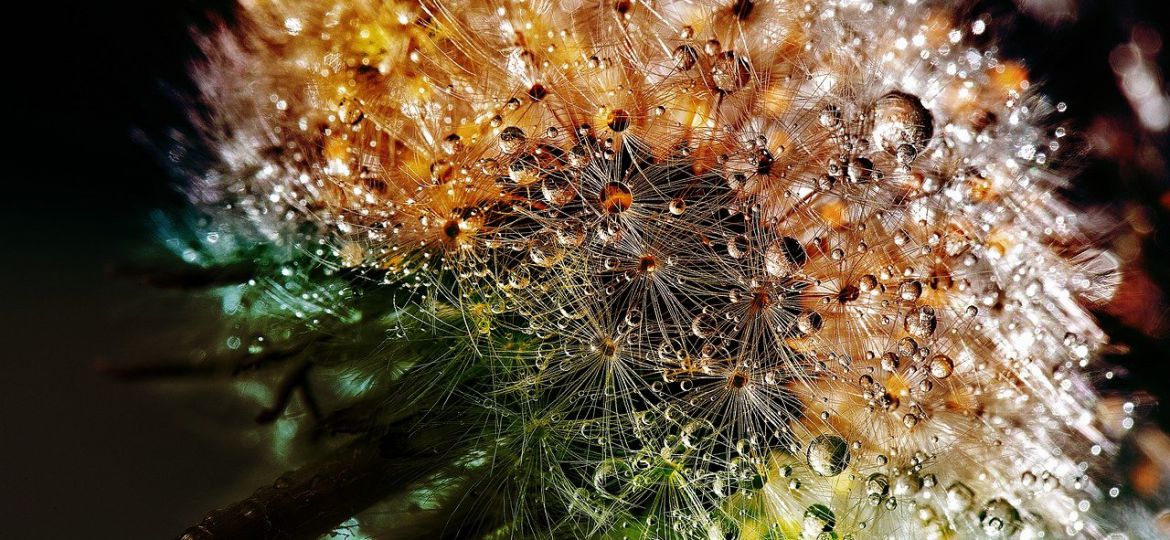
That there can be myriad expressions of multiple femininities seems obvious, but are they really allowed to proliferate? Are certain forms of femininities denigrated more than others? Not just by misogynists but also by feminists? Is there a particular way of manifesting an ‘appropriate’ femininity, one that is just right, and is not ‘too girly’ or ‘too tomboyish’? In Tomboy Femininity, Di Sands, who all her life has had to explain to people whether she is a girl or a boy or wants to be a boy, takes us along the non-linear path she found herself on to becoming who she is. From playing as an equal on the boys’ soccer team as a child, to trying out a whole new femmed-up wardrobe in her teens, to attending her first women’s studies class, to being told she was butch because of the shirts she liked wearing, Di recounts with evocative photos, how she claimed femininity for herself. Similarly, in another moving personal narrative, Anubha Sarkar ponders the myriad femininities that comprise ‘girly’ and affirms the co-existence of these femininities within feminism, should one choose or not to marry and raise children, remove body hair, and even dress a certain way! As Anubha opens her closet to a pink jacket, Shikha Aleya sits with two biscuit tins, one pink and one blue. Each biscuit tin, she writes in a hard-hitting poem, holds the colours of our life choices.
Another poem (yes, we have two this time!), Tapaswinee’s Sweet Sixteen, highlights the shame associated with women’s sexuality, amplified by socio-cultural pressure to fulfil as many criteria of legitimate femininity as possible, such as niceness and meekness even when we are uncomfortable, and the misogyny that would teach us how to use our own bodies.
Mamatha Karollil examines the dynamics of love, desire and intimacy through a relational and queer lens in Rabindranath Tagore’s play Chitra and Rituparno Ghosh’s film Chitrangada. Placing masculinity and femininity side-by-side instead of in opposition to one another, she offers a new imagination of ethical erotic and queer relations. Nupur Paliwal and Saloni Mishra review the Karachi-based mini-series Churails: The Revolution Within Us All – a tale of four women who build solidarity to challenge patriarchal oppression. For these women, femininity is as much a spectrum of performance as it is a space of resistance; branded as ‘witches’, they take on the institutions and actors that prompt and perpetuate their marginalisation.
In our Brushstrokes section, we share a powerful comic by Everyday Feminism on the assumptions we might make about someone, from their desires to whether or not they would make suitable parents, based on the way they perform their gender identity. Delving deeper into the socio-cultural attitudes behind these assumptions, we share Feminism in India’s witty take on internalised misogyny and the many shapes it takes in our everyday lives in our Video section.
For our FAQ Corner, we bring to you FEM magazine’s thought-provoking examination of femininity as constructed by the market, harking back to Beauvoir’s iconic proclamation: One is not born, but rather becomes, a woman.
Our mid-month issue begins with a scintillating, thought-provoking conversation between Shikha Aleya and Pavel Sagolsem, a queer feminist, activist, and founding partner of The Chinky Homo Project. Ze frames femininity as aspirational as much as understood, performed, and lived in our everyday experiences. Colourful, complex, contradictory, femininity for zer is fiercely independent, curious, nurturing, connected, and soulful – our sense of self derived from and expressed in all these different aspects and dimensions. Pavel takes us through childhood in Manipur, and college days and city life now, as an individual from the northeast, emphasising safe and inclusive spaces, and ultimately, a decision-making framework where we are seen and accepted for who we truly are.
Sweta carves her image of femininity through the many parts her mother played as a caregiver as well as provider, her strength emboldening Sweta to understand, embody and expand femininity in her own way as a non-binary trans individual. Neel too dips into her childhood memories of becoming Tagore’s heroines in private, her gender identity, at the time, blooming resiliently and passionately amidst taunts labelling her ‘effeminate’, and now finding acceptance in a gifted saree – a token of love, of friendship, of solidarity.
Questioning the check-list of the ‘appropriately feminine’, Anannya Chatterjee draws on the figure of the witch to deconstruct cultural messaging around the ideal and the monstrous feminine, the latter represented as dangerous and grotesque because of its transgression against heteronormative and patriarchal precepts.
In this month’s Blog Roll, we have curated three articles based on personal narratives: the first on expressing gender identity in one’s own unique way beyond dressing and behaving as is conventionally expected; the second, on the Internet as a door to finding and using the language to describe and embrace oneself; and the third, in Hindi, around overcoming socio-cultural shame surrounding ‘feminine masculinity’ and the pressure to fit in. Plus, a tongue-in-cheek guide to dressing like a lesbian – a tickling, vibrantly illustrated take on ‘looking the part’. And, in our FAQ Corner, an article about what being butch means.
In the TARSHI Corner we proudly announce our recently launched eLearning course on Understanding and Preventing Workplace Sexual Harassment, a short course that goes beyond the POSH Act, 2013, to offer a nuanced approach to Sexual Harassment at the Workplace. Register here! And before we sign off, we want to also share our new website, Self-care Essentials, a resource that befits this extraordinary year and the conversations it has given rise to. More than ever before, the world has realised the need to pause, take a break, and reflect, and to value wellbeing as important and not selfish. We hope Self-care Essentials supports you in wrapping up 2020 with hope for the new year.
Stay well, stay strong!
Cover Image: Pixabay